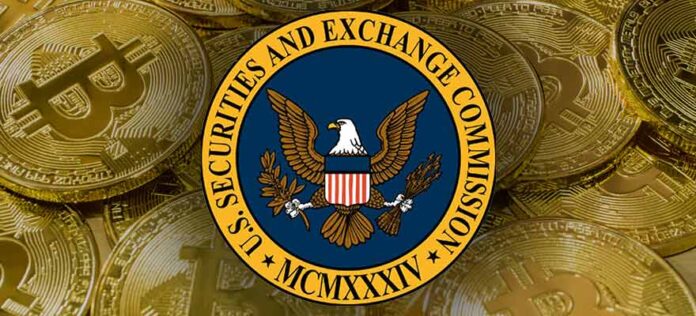In a shocking revelation, the Securities and Exchange Commission (SEC) has disclosed that a “SIM swap” attack was the root cause of the recent hack on its X account. The incident, which occurred on January 9th, involved the compromise of the official @SECGov Twitter account, leading to the dissemination of false information regarding the approval of spot Bitcoin exchange-traded products. This misinformation briefly caused a surge in Bitcoin’s price, leaving the SEC scrambling to rectify the situation.
The SIM Swap Attack:
The SEC, in collaboration with its telecom carrier, has traced the security breach back to a SIM swap attack. This sophisticated method involves a malicious actor gaining control of the SEC’s cell phone number associated with the compromised account. By executing the swap, the hacker transferred the phone number to another device without authorization, providing them with the means to reset the password and take control of the account.
Telecom Infiltration, Not System Breach: The regulatory body emphasizes that the hacker infiltrated the system via the telecom carrier, not through any vulnerability in the SEC’s internal systems. They assert that there is no evidence of a breach affecting their systems, data, devices, or other social media accounts. This distinction is crucial in understanding the nature of the attack and reassuring the public about the overall security posture of the SEC.
Timeline of Events:
The incident becomes more intriguing as it is revealed that in July 2023, the SEC had requested X to disable multi-factor authentication on the account. The request was made due to reported issues accessing the account. This detail adds a layer of complexity to the narrative, raising questions about the decision to disable a critical layer of security.
Implications for the Industry:
The SEC’s acknowledgment of the SIM swap attack underscores the evolving threat landscape faced by regulatory bodies and financial institutions. As digital assets continue to gain prominence, the potential for targeted attacks on high-profile accounts poses a significant risk to market stability and investor confidence. The need for robust cybersecurity measures, including continuous monitoring and adaptive authentication methods, becomes increasingly apparent.
The X hack, attributed to a SIM swap attack on the SEC’s cell phone number, sheds light on the intricate challenges faced by regulatory bodies in the digital age. While the SEC asserts that its internal systems remain uncompromised, the incident emphasizes the importance of reinforcing security measures at every level. As the investigation unfolds, the industry awaits insights into how such a breach could occur, and what lessons can be learned to fortify against future threats in the dynamic landscape of cryptocurrency and financial regulation.





